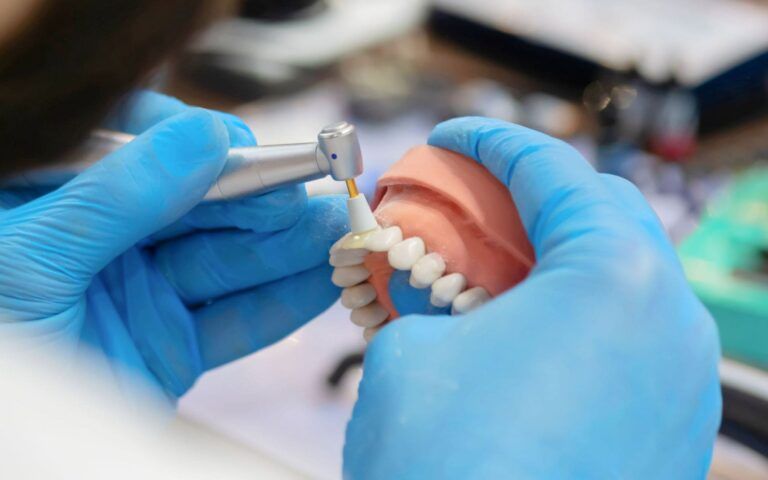Direct vs. Indirect Restorations: What’s the Difference?

For dentists, performing restorations are considered the best way to care for people’s teeth. If you’ve been looking into restorations, you may have come across terms such as direct and indirect restorations. While these terms may sound confusing initially, these two restorations are essential for caring for your teeth in various ways. We’re here to help you with your dental health by explaining the difference between these two restorations and what they mean for dental care.
What’s The Difference Between Direct and Indirect Restorations?
Both direct and indirect restorations work to address damaged and decaying teeth, but they’re performed with two completely different methods. So, what’s the difference? Here’s our outline of the two most common methods for restorations:
Direct Restorations
Direct restorations are treatments performed inside the mouth to restore the damage and prevent decay. Direct restorations do not require a dental laboratory and are usually used to repair minor cracks, chips, and small areas of decay. Some examples of direct restorations include:
- Dental Fillings: Dental fillings are considered the most common example, as they use resin, plastic, or a combination of materials to fill in areas missing in the tooth. Dentists most highly use composite resin for its durability and translucent appearance. These restorations bring back the natural form of your teeth without any need for waiting times and other post-treatment instructions.
- Dental Bonding: Another type includes dental bonding, which refers to molding and shaping the natural tooth using a composite filling. This treatment replaces larger areas of missing or cracked teeth and can even be used to form veneers.
Indirect Restorations
Indirect restorations require using a dental laboratory to fabricate and restore areas of damage and decay. These restorations are typical examples of what most patients expect from their treatments and are created outside the mouth before being placed on the teeth. Some examples of these restorations include:
- Veneers: As thin wafer-like shells, these restorations sit on top of the enamel, protecting it from decay and giving your smile a new look.
- Crowns: Crowns are similar to veneers but act as caps instead of shells. They cover the entire tooth and protect the inner dentin and pulp from infections and trauma.
- Implants: Implants replace the entire tooth with an artificial replacement and are considered one of the best solutions for missing teeth.
- Inlays and Onlays: Inlays and onlays act similarly to crowns but only replace part of the tooth instead of the entire surface.
Speak with Your Dentist About Restorations Today!
Indirect restorations differ from direct restorations by relying on a dental laboratory to be created. While direct restorations can happen in a single visit, indirect restorations can take multiple visits for the treatment to be completed. These restorations provide different avenues for caring for your teeth and are excellent at restoring damage and decay. If you wish to learn more about the types of restorations that may work for you, your primary dentist is the best resource you can visit.

Recent Comments